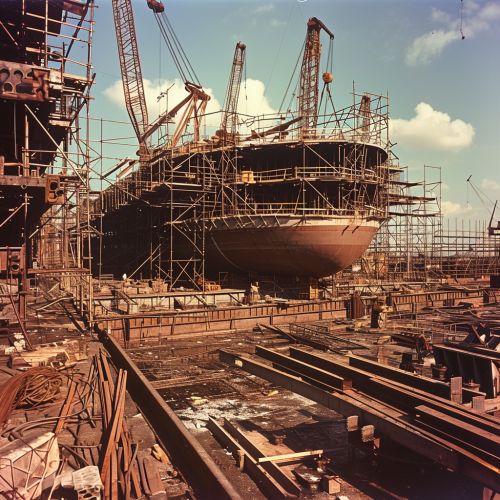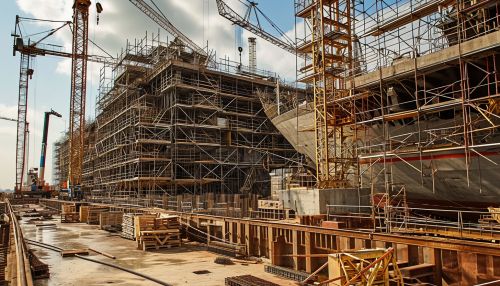Queen Elizabeth 2
Early Life
Queen Elizabeth 2, often referred to simply as QE2, was a British ocean liner built for the Cunard Line. The ship was constructed by the John Brown Shipyard in Clydebank, Scotland, and was named after the first RMS Queen Elizabeth, Cunard's previous flagship and the largest liner ever built at the time.
Design and Construction
The design of the QE2 was a departure from the traditional ocean liner design. She was designed to be both a transatlantic liner and a cruise ship, a dual role that was a first for a large passenger ship. The ship's design was influenced by the changing trends in travel and the increasing popularity of air travel. The QE2 was built with a high degree of automation, with a smaller crew size than previous ocean liners, and with more passenger amenities.


The construction of the QE2 began in 1965 and was completed in 1967. The ship was launched by Queen Elizabeth II in September 1967, and after extensive sea trials, she entered service in May 1969.
Service History
Throughout her service history, the QE2 was known for her speed, luxury, and size. She was the last of the great transatlantic liners and was the fastest merchant ship in service, capable of speeds up to 32.5 knots. The ship made regular transatlantic crossings from Southampton, England, to New York City, USA, and also served as a cruise ship, visiting destinations around the world.
During her career, the QE2 also served in several military roles. In 1982, she was requisitioned by the British government to serve as a troopship during the Falklands War. The ship was refitted with three helicopter pads, dormitory-style accommodations for troops, and fuel pipes to allow for refuelling at sea.
Retirement and Later Years
The QE2 was retired from active service in 2008, after 39 years of service. The ship was sold to Istithmar, the private equity arm of Dubai World, who planned to convert the ship into a floating hotel. However, the 2008 financial crisis delayed these plans, and the ship remained laid up in Dubai for several years.
In 2013, it was announced that the QE2 would be moved to Asia to be converted into a luxury hotel. The ship was towed to Drydocks World in Dubai for refurbishment in preparation for her new role. As of 2020, the QE2 is now a floating hotel and museum in Dubai, where she continues to be a symbol of British maritime history.
Legacy
The QE2 is considered one of the last great transatlantic ocean liners. She is remembered for her speed, luxury, and versatility, and is considered a symbol of the golden age of ocean travel. The ship's design, which combined the roles of an ocean liner and a cruise ship, influenced the design of subsequent passenger ships.
